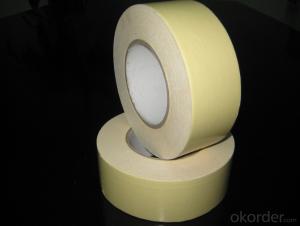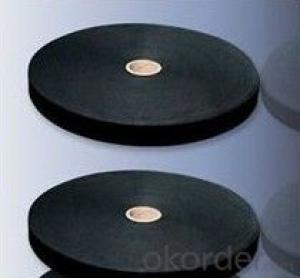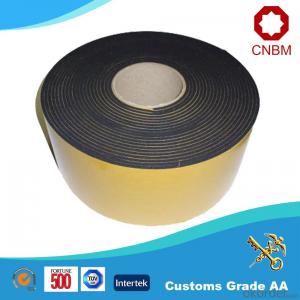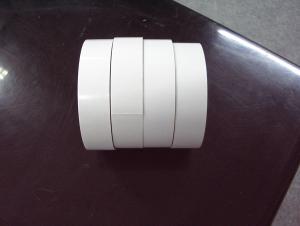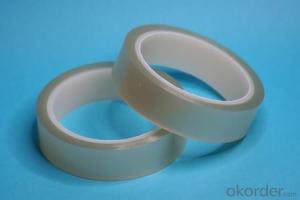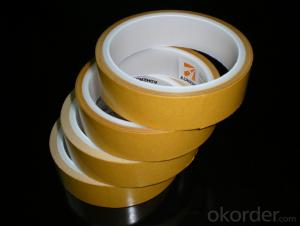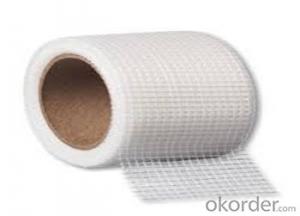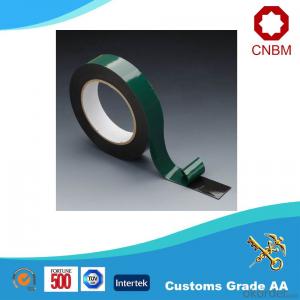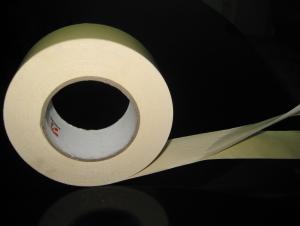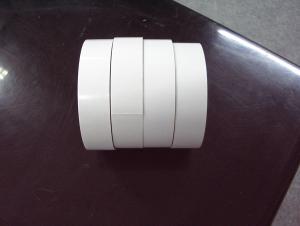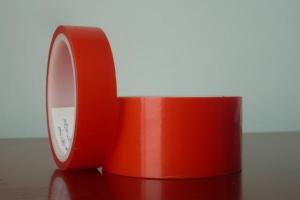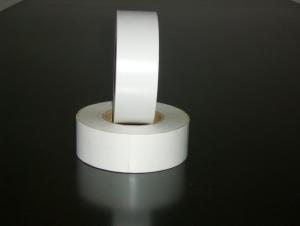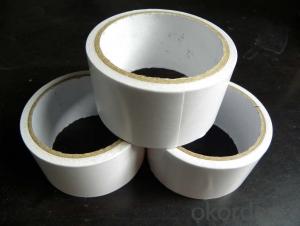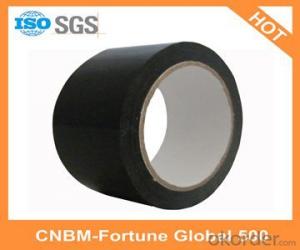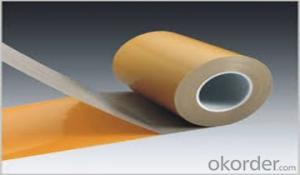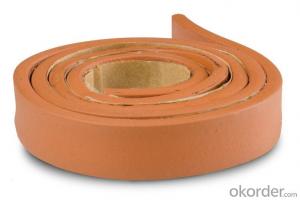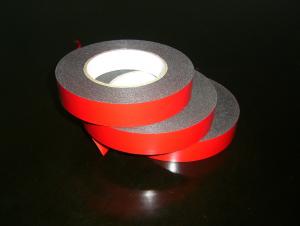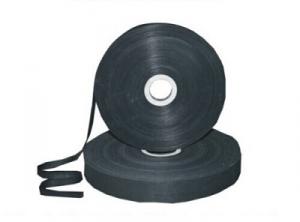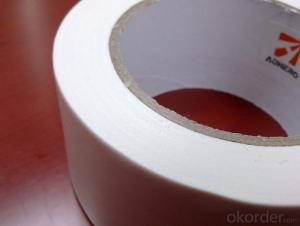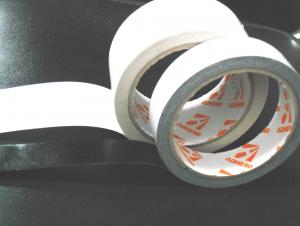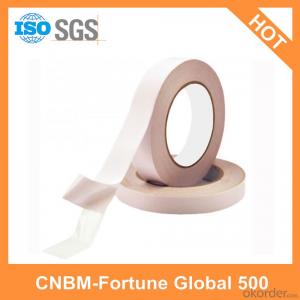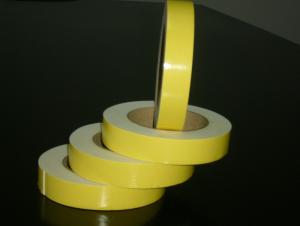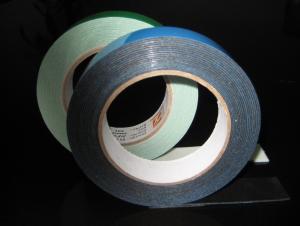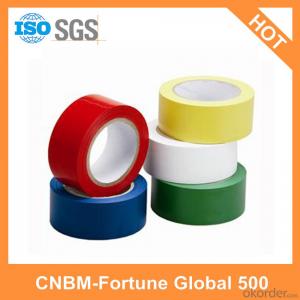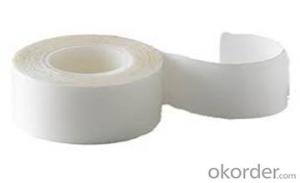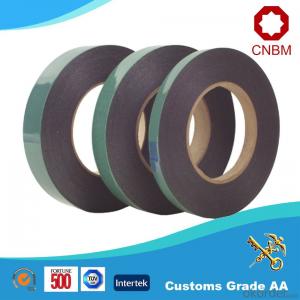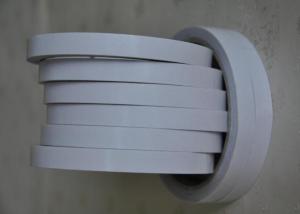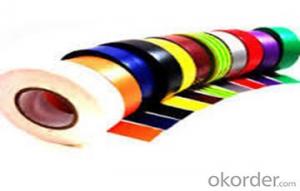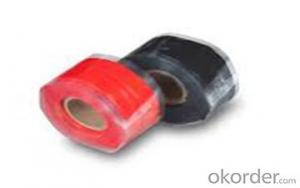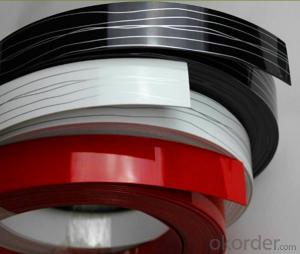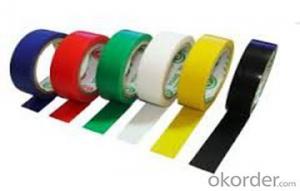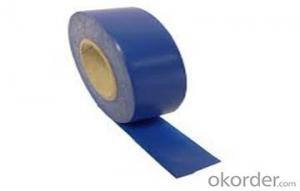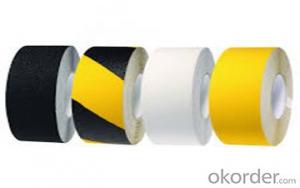Double Sided Carbon Tape
Double Sided Carbon Tape Related Searches
Double Sided Self Adhesive Tape Double Sided Cellophane Tape Double Sided Floor Tape Double Sided Foam Tape Industrial Double Sided Adhesive Tape Two Sided Foam Tape Waterproof Double Sided Tape Thermally Conductive Double Sided Tape Industrial Strength Double Sided Tape Double Coated Foam Tape 50Mm Double Sided Tape Double Sided Tape High Temperature Removable Double Sided Mounting Tape Heat Resistant Double Sided Foam Tape Low Tack Double Sided Tape Double Sided Tape For Scrapbooking Double Sided Sticky Tape Dispenser Best Double Sided Tape For Woodworking Double Sided Aluminum Foil Strongest Double Sided Tape Available Strongest Two Sided Tape One Sided Foam Tape Aluminum Tape Heavy Duty Shipping Tape Aluminium Tape Packaging Tape Conductive Aluminum Tape Reinforced Aluminum Tape Conductive Adhesive Tape Nylon Packing TapeDouble Sided Carbon Tape Supplier & Manufacturer from China
Double Sided Carbon Tape is a versatile adhesive product that features a strong carbon-based adhesive on both sides, offering a reliable bonding solution for various materials. This tape is designed to provide excellent adhesion to a wide range of surfaces, including metals, plastics, and glass, making it an ideal choice for numerous applications. Its unique properties allow for secure and long-lasting bonds, ensuring that the products it connects remain firmly in place under various conditions.The application and usage scenarios for Double Sided Carbon Tape are extensive, making it a popular choice for both commercial and personal use. It is commonly used in the electronics industry for securing components and creating temporary or permanent connections, as well as in the automotive sector for attaching trim, badges, and other decorative elements. Additionally, it can be found in the construction and home improvement markets, where it is used for mounting mirrors, signs, and other decorative items. Its versatility and effectiveness make it a go-to solution for a multitude of bonding needs.
Okorder.com is a leading wholesale supplier of Double Sided Carbon Tape, offering a vast inventory of this high-quality adhesive product. With a commitment to providing excellent customer service and competitive pricing, Okorder.com ensures that customers can access the Double Sided Carbon Tape they need for their projects and applications. By partnering with Okorder.com, customers can benefit from a reliable source of this essential tape, ensuring that their bonding needs are met with ease and efficiency.
Hot Products


